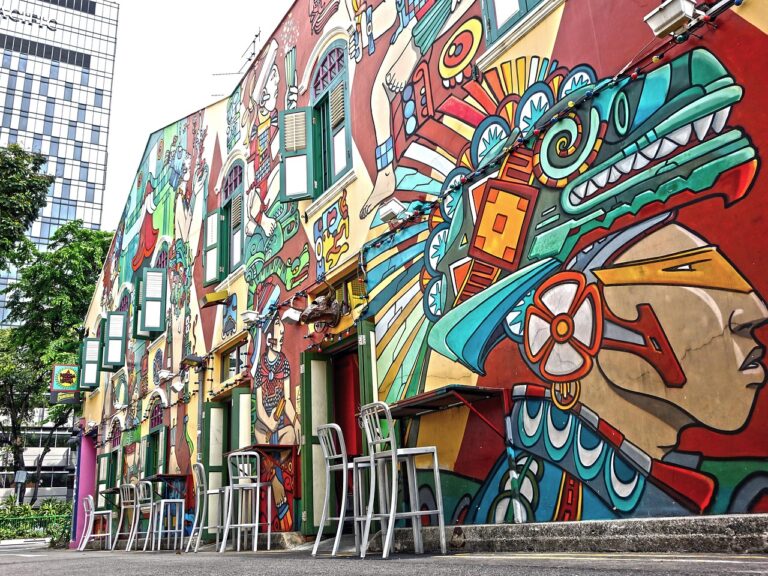Exploring the Growth of Online Art Marketplaces
In recent years, the art market has witnessed a significant shift towards online platforms. These marketplaces have provided artists with a global audience and buyers with a convenient way to discover and purchase art. The accessibility of these online platforms has democratized the art market, allowing emerging artists to showcase their work alongside established names.
With the rise of online art marketplaces, traditional brick-and-mortar galleries have had to adapt to the changing landscape. Many galleries now have an online presence to reach a wider audience and complement their physical exhibitions. This blending of online and offline channels has created new opportunities for both artists and collectors to engage with art in a more dynamic and flexible way.
The Impact of Technology on the Art Market
In recent years, technology has revolutionized the way art is bought and sold. Online platforms have made art more accessible to a global audience, democratizing the market and allowing artists to reach a broader base of collectors. Traditional barriers to entry, such as geographical limitations and the need for physical gallery spaces, have been significantly reduced with the rise of online art marketplaces.
Additionally, advancements in technology have facilitated innovative ways for artists to showcase their work and interact with buyers. Virtual and augmented reality tools now enable potential buyers to visualize artwork in their own spaces before making a purchase, enhancing the online art-buying experience. Social media platforms have also provided artists with a direct channel to promote and sell their work, expanding their reach beyond traditional gallery settings.
The Rise of Niche Art Platforms
Niche art platforms have been steadily gaining traction in the digital art marketplace. These specialized platforms cater to specific artistic styles, themes, or mediums, offering a more focused and curated selection for art enthusiasts. By providing a dedicated space for niche art, these platforms create a community-driven environment that fosters connections between artists and collectors who share similar interests.
With the rise of niche art platforms, artists who may not have gained recognition in mainstream marketplaces now have the opportunity to showcase their unique talents to a niche audience. This allows for greater visibility and appreciation of diverse artistic expressions that may not conform to traditional norms. Additionally, collectors seeking one-of-a-kind pieces or artwork that aligns with their personal tastes can easily discover and support emerging artists through these specialized platforms.





